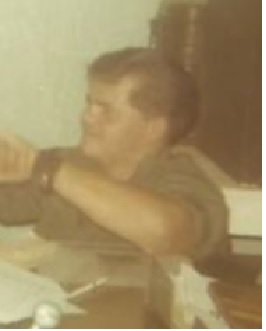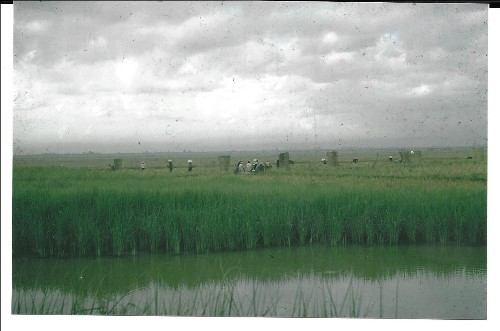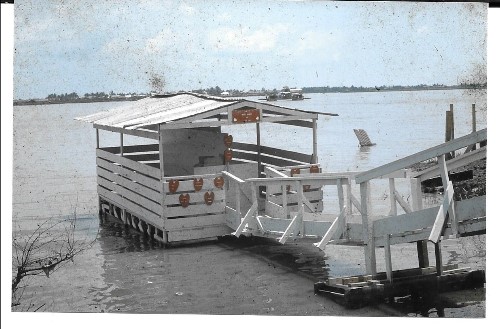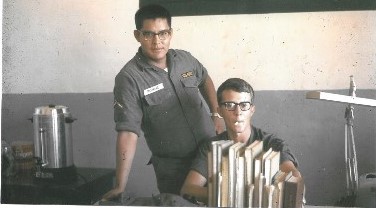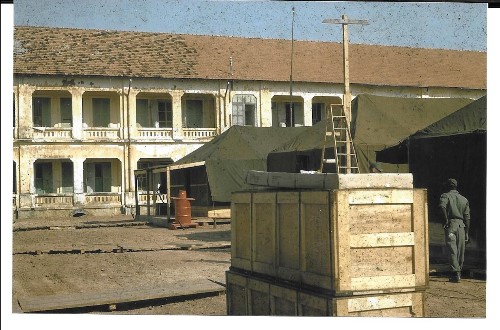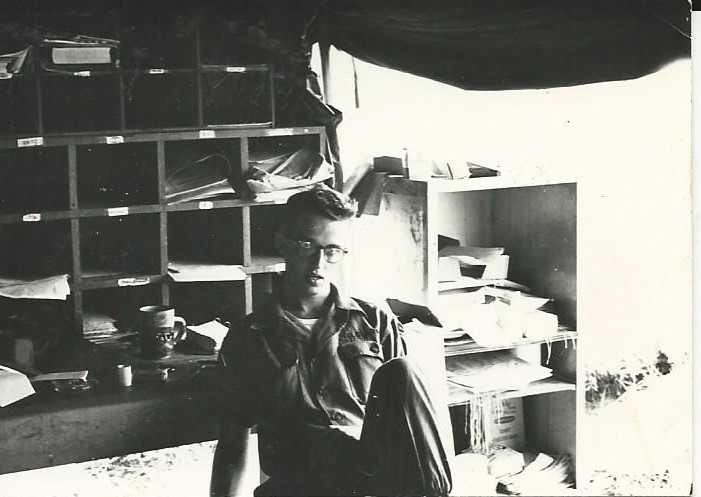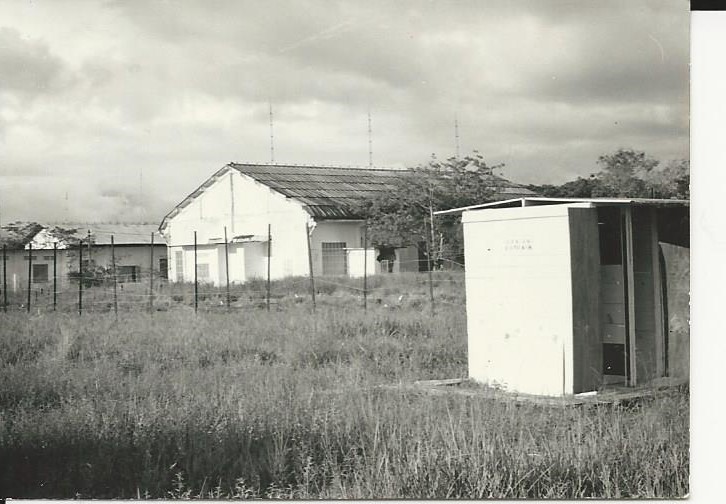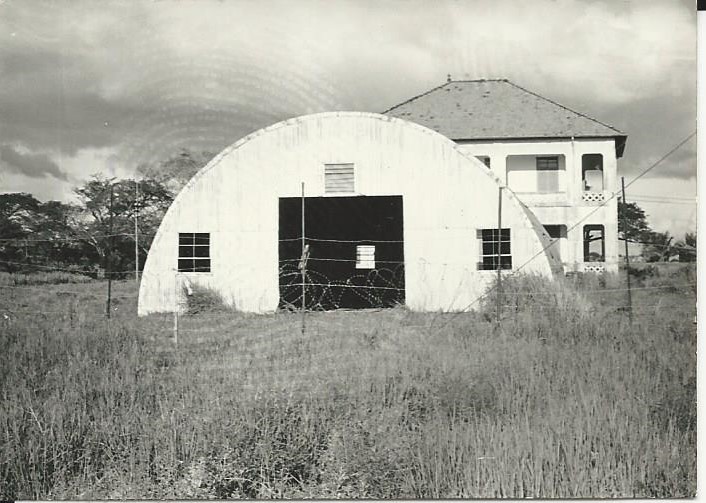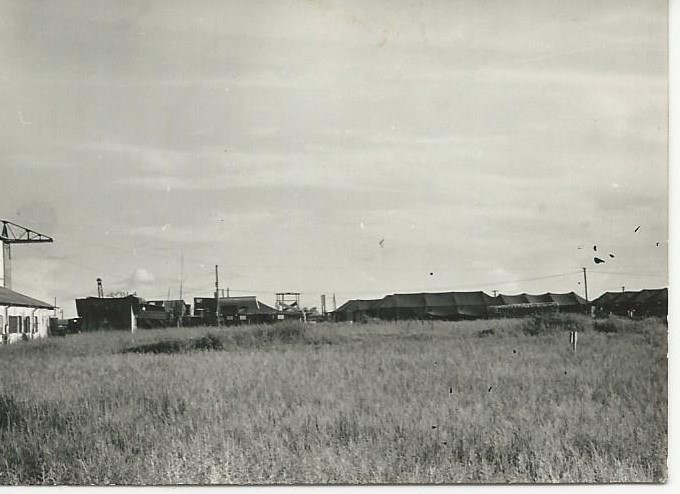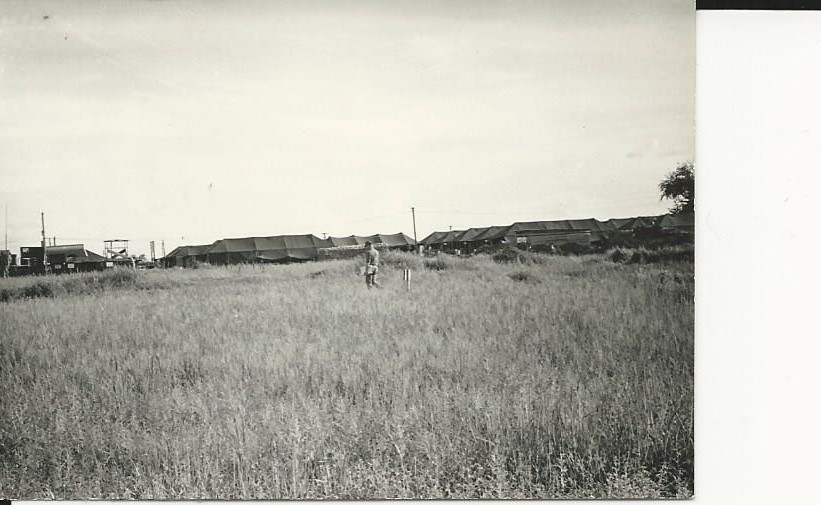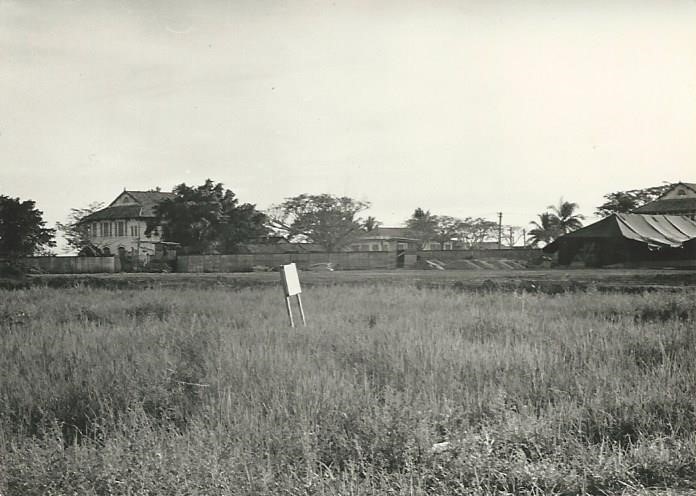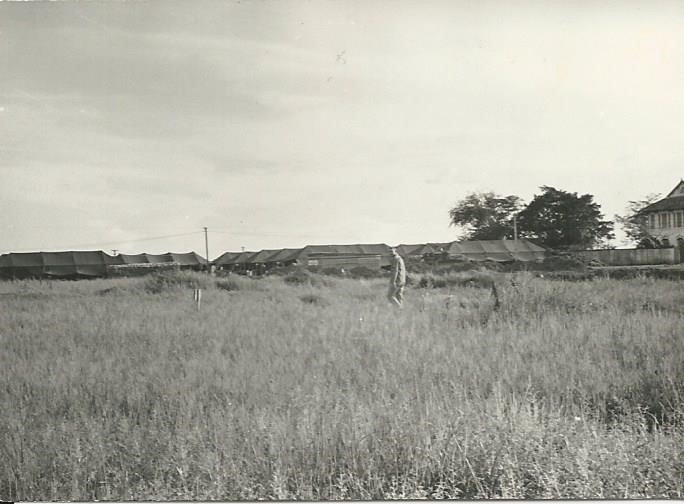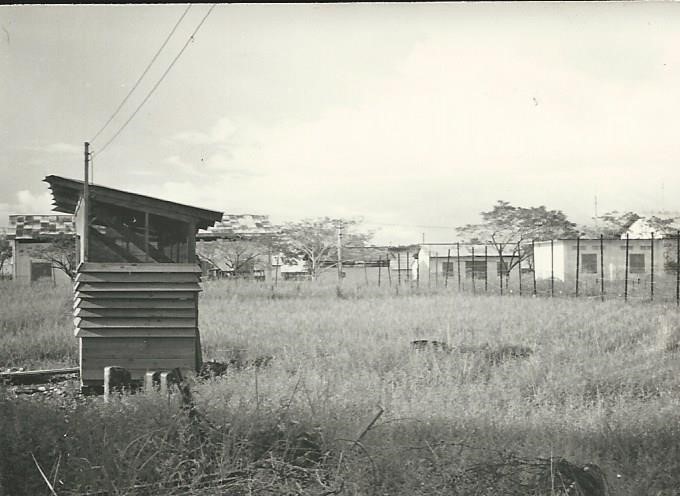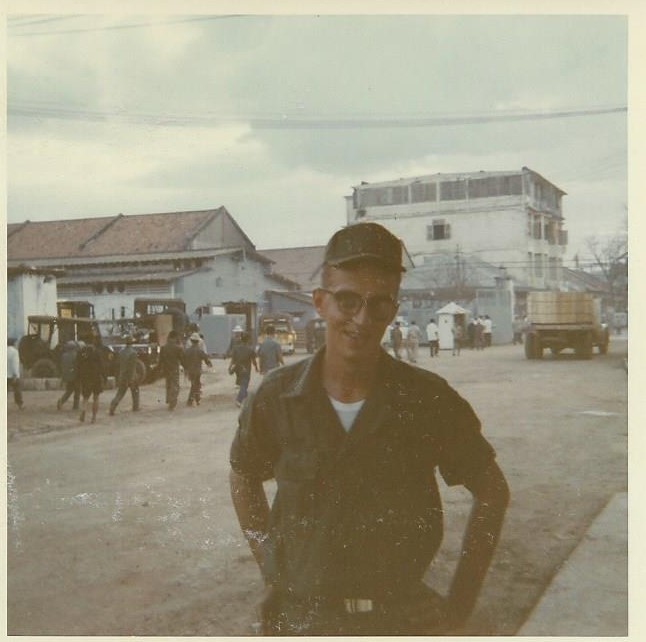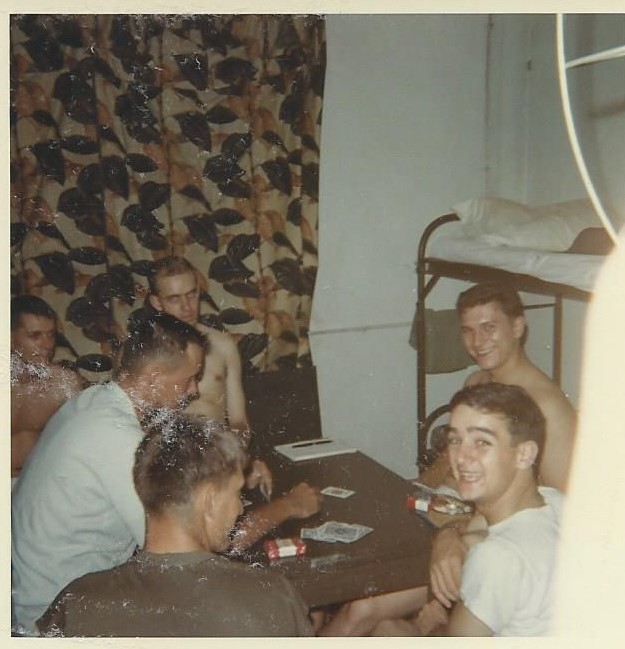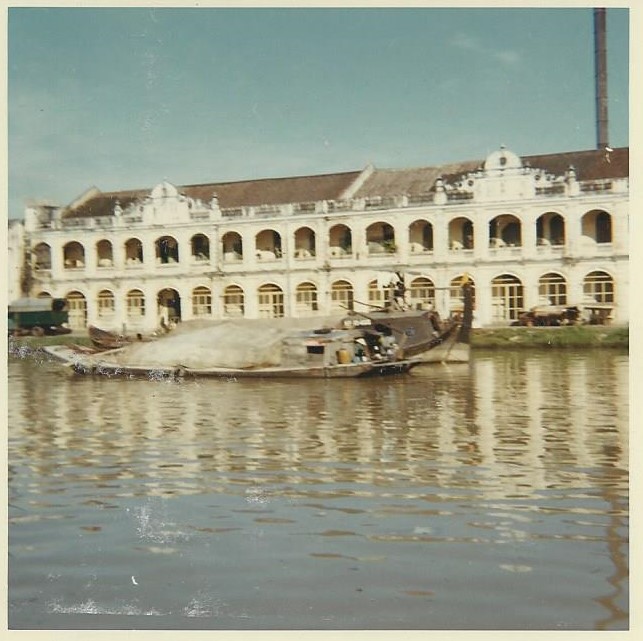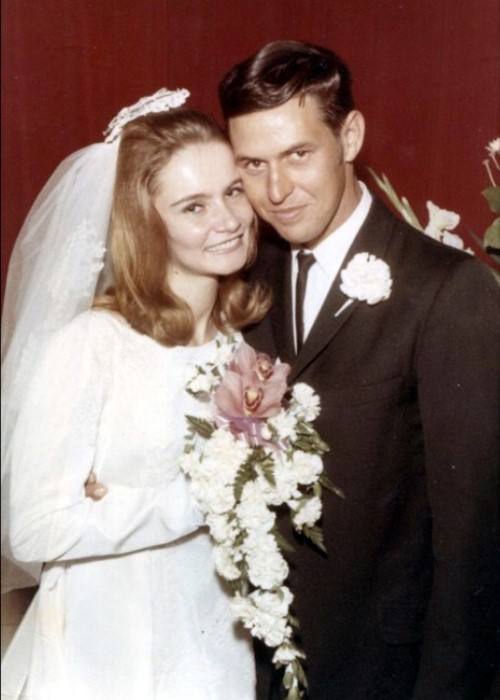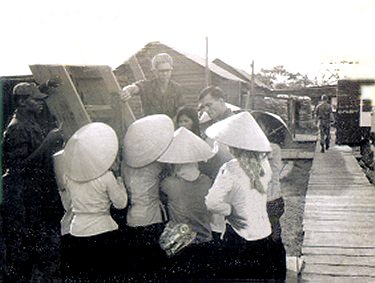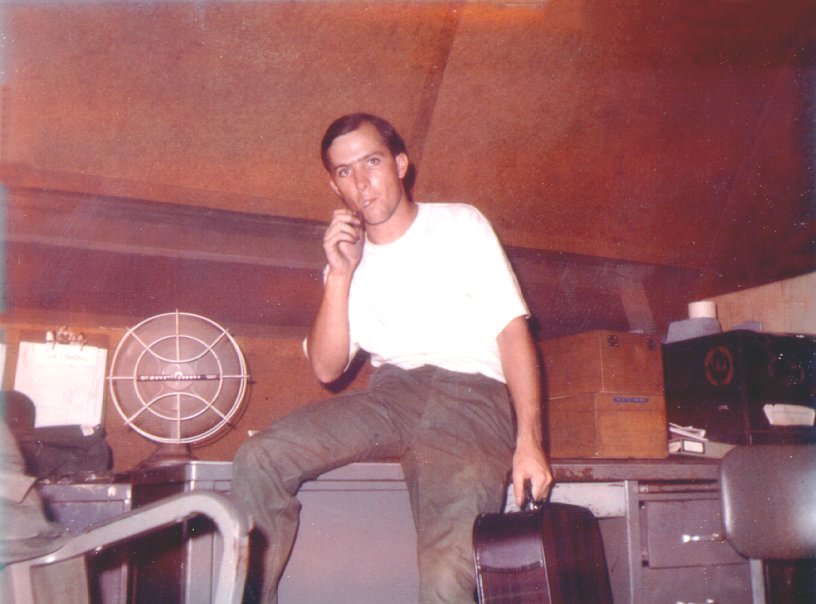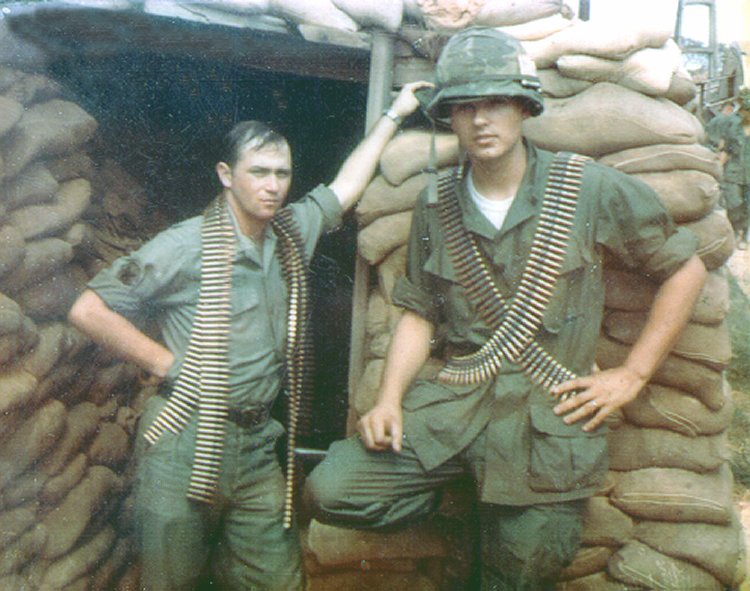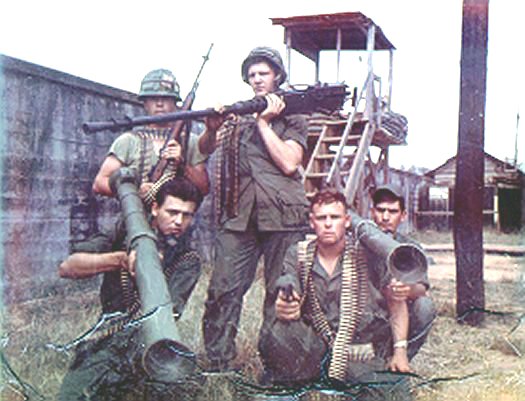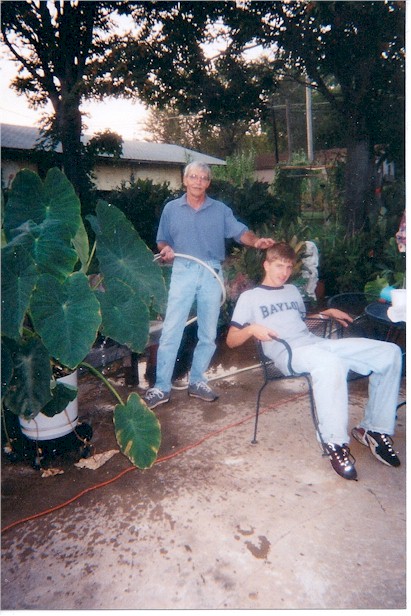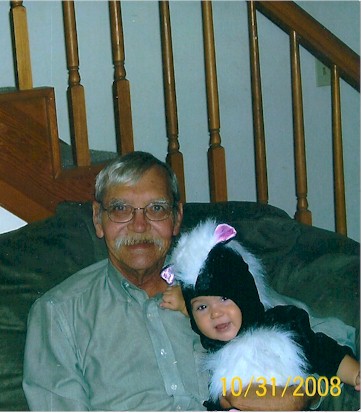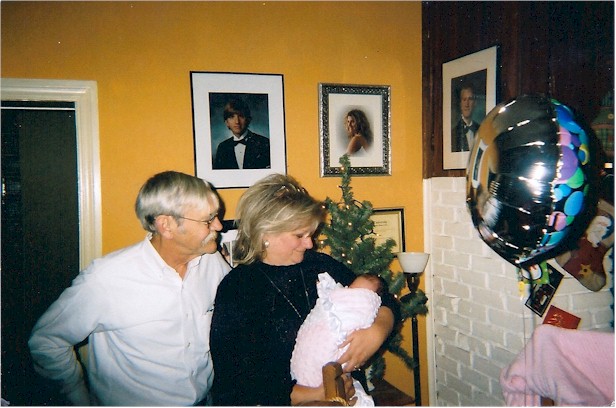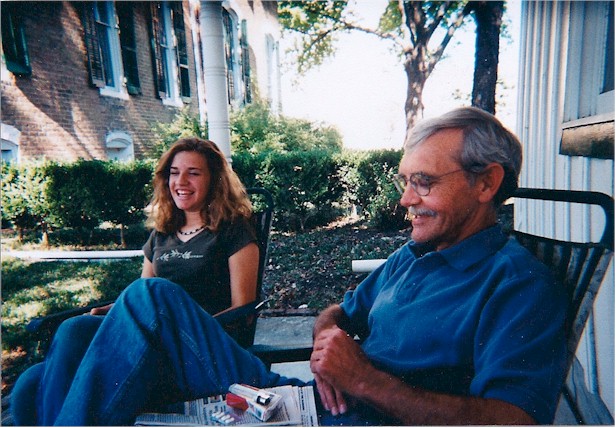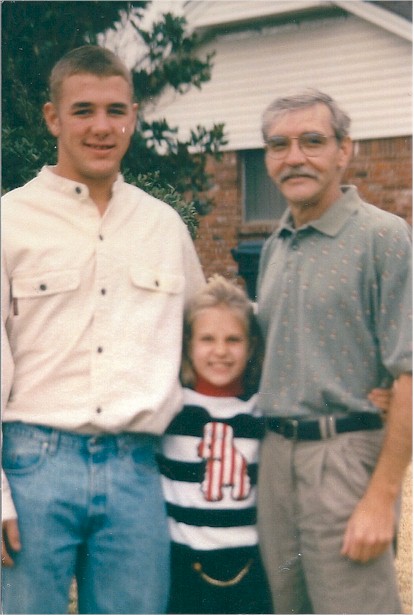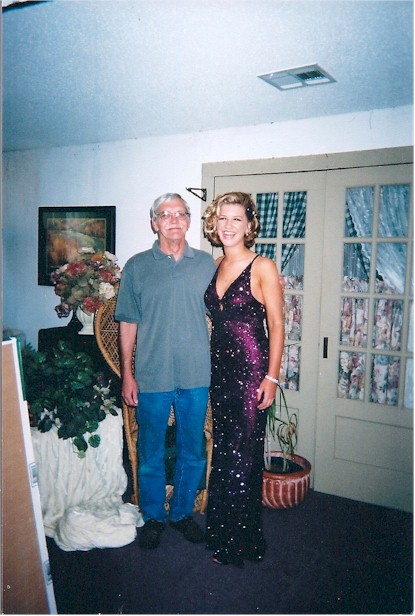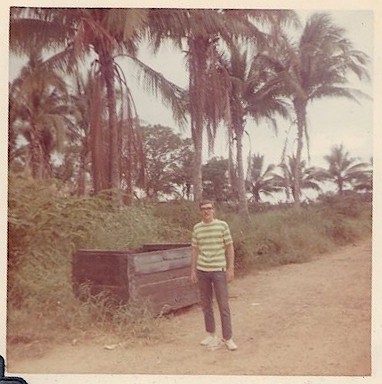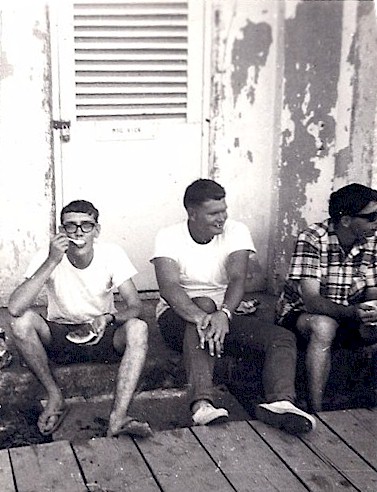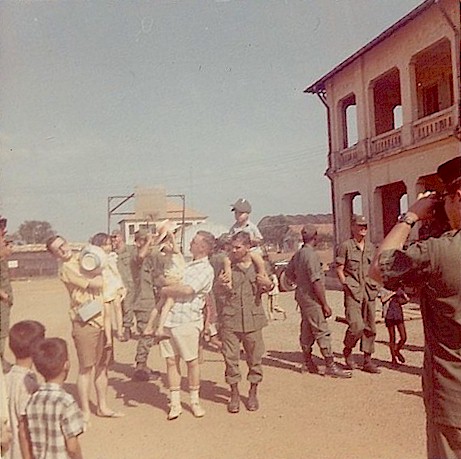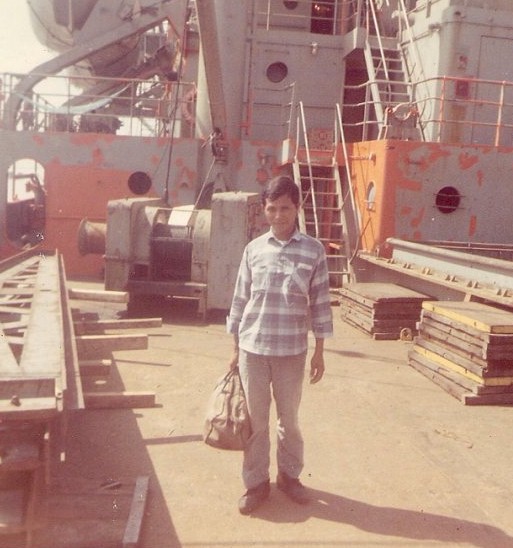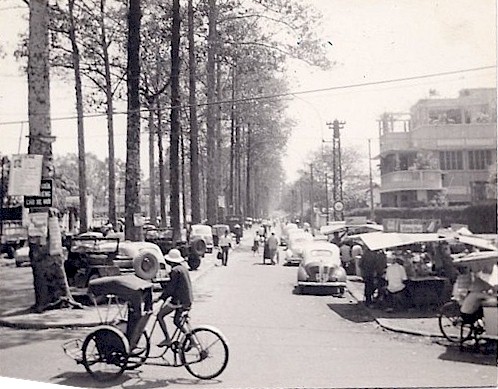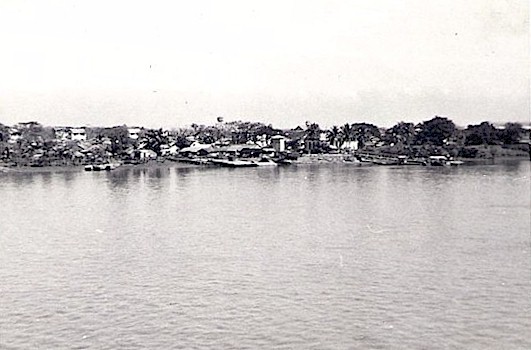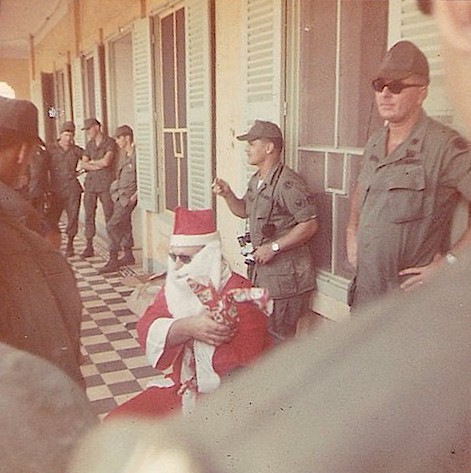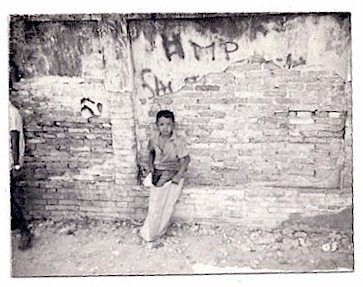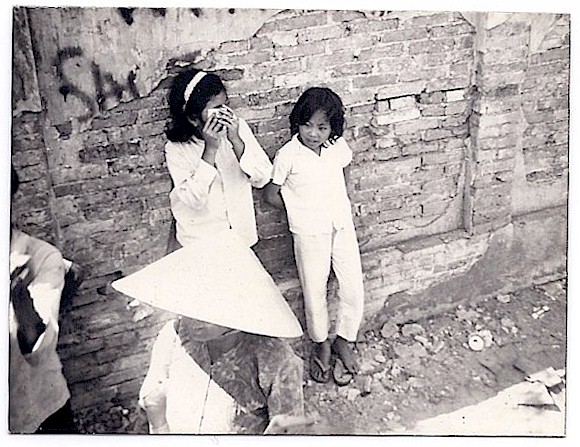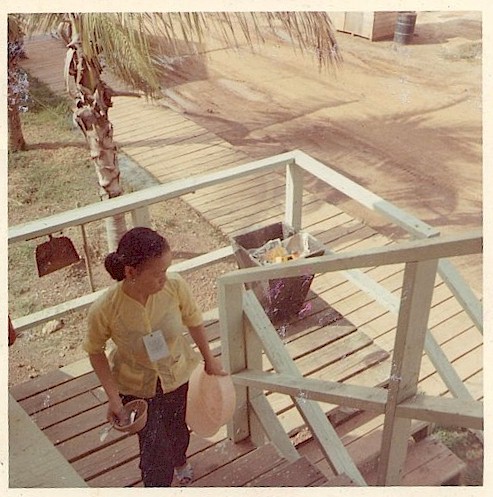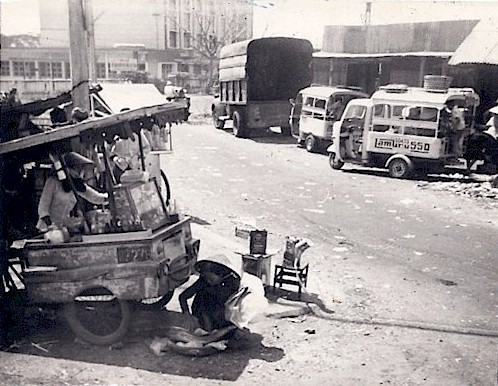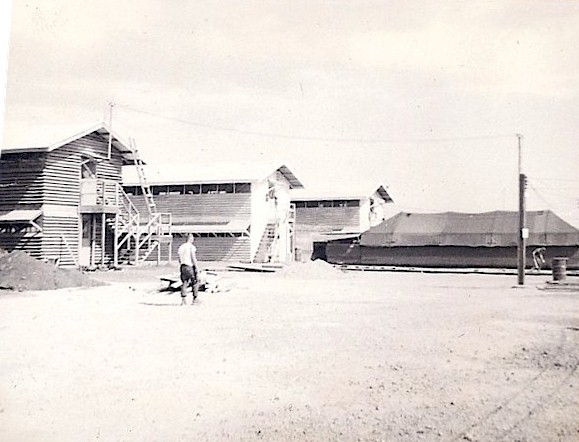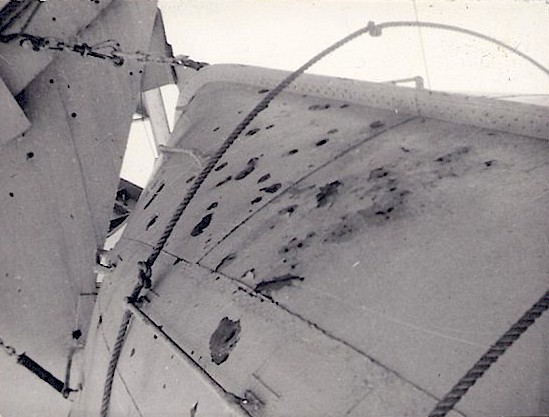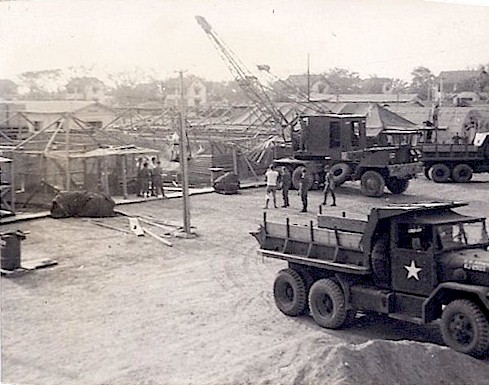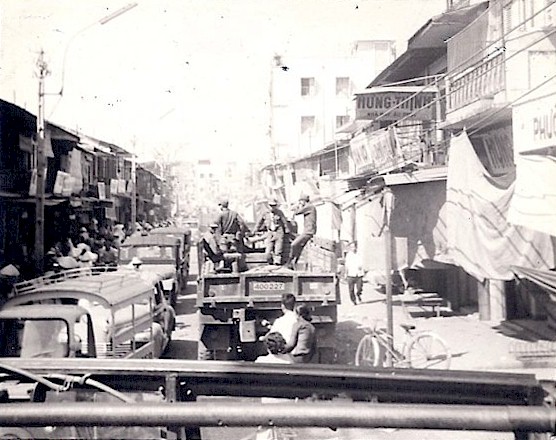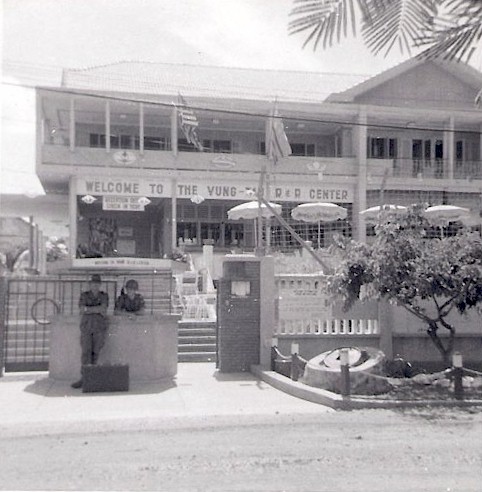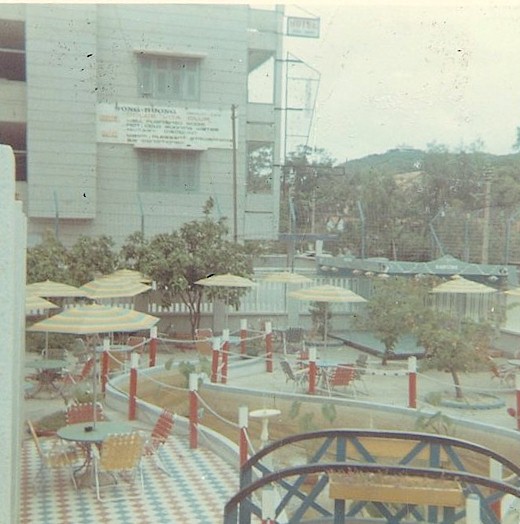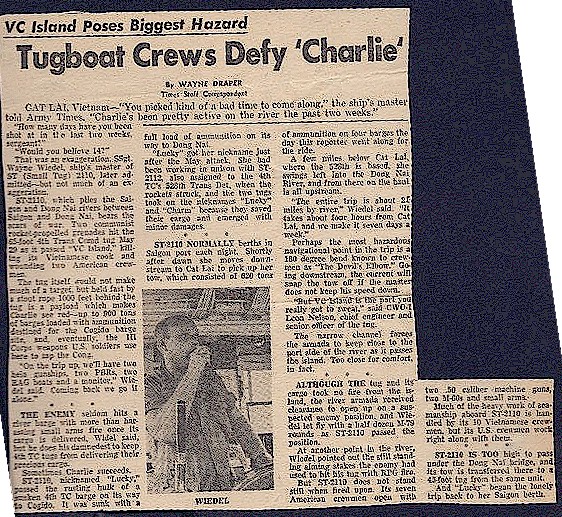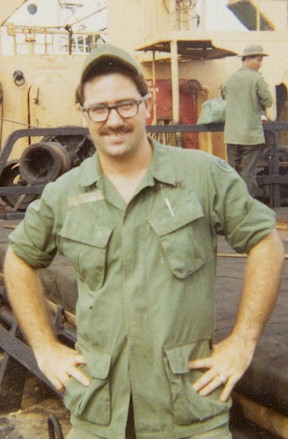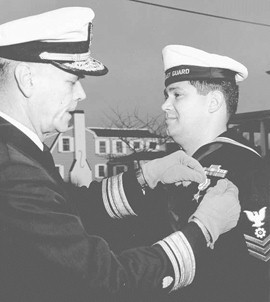Search for a boyhood friend ends with a sad success in Vietnam
November 17, 2009
By Daniel Cornell
Ever since I got the news that my high school classmate Carl Huttula had been killed in Vietnam, in 1968, I've wanted to know where it happened. I've wanted to go there. But information was scant, and I thought I'd never get the chance.
A newspaper story at the time of his death misspelled the name of the province where he died, and then in 1975, when the war ended, the Communist government changed the names of many of the provinces.
But I was able to find the new name online. Then a wonderful article appeared by the helicopter pilot who was flying Carl that day, and he gave a few more details, including that the location was right on the Cambodian border. In talking with him, I learned that they had just flown over a village when the battle started. And that there was a U turn in the river that forms the border between Vietnam and Cambodia.
I spent hours scouring Google Earth and had a good idea of three or four places that might be the one I was looking for. I hoped just to locate the village, and perhaps -- if very lucky -- ask some of the villagers if they remembered a battle there, a helicopter crash in May 1968. I realized that I would never be able to find the exact spot where Carl died, but I hoped to at least get close.
When I arrived in Vietnam and arranged for a driver and car to take me to Dong Thap Province, he had a detailed road map that showed all the old villages, which, of course, have become towns as Vietnam has developed. Only three are directly on the Cambodian border, and two of those are accessible only by water, and one by road, which is Cong Tao ... very small.
So that is where I went, and just as I suspected, the villagers did indeed know all about the battle in May 1968, and knew that a helicopter had been downed and destroyed.
Then came a terrible disappointment. So close to my goal, we were turned away by a green-uniformed border guard who told us to leave immediately -- that we had no right to be there, especially since I was a foreigner.
We drove 45 miles to Cao Lanh, the provincial capital, with me in a depressed silence. The driver dropped me at the hotel there and I tried to sort my thoughts, telling myself that I had done all I could. At least I had definitively learned that it was at Cong Tao, this tiny collection of houses on the Cambodian border, that Carl had died. I had just about given up hope of doing anything more.
My driver picked me up at 7:30 on a warm and humid morning, and we drove to the provincial security police and immigration building. We decided that our only chance of getting permission to visit Cong Tao would be to say I wanted to see where my "brother" died. (Forgive me Carl, for the small lie.)
A middle-aged man demanded my passport and disappeared for 20 minutes or more; I was getting worried, but suddenly he reappeared and ushered us into another room with lacquered Chinese-style chairs. Three uniformed security agents were there.
They asked to look at our map and inquired what I knew about Cong Tao. I replied that I knew only what the still-living helicopter pilot had told me. (We did NOT tell them that we had been there the day before, as it was strictly illegal for me to be in a frontier zone.) One told me that they do NOT allow tourists to enter the frontier zone, that it is just impossible for foreigners to go there. But he added: "You have come from America, and a very long distance, and you might not be able to return soon, and you have a reason to be here." Even so, he could not give permission without clearing it with the highest authorities.
I just kept my hands clasped with a pained expression on my face, which was not hard to do. He said he works occasionally with American military on trying to identify remains. Then he told me that he had three brothers who had been killed in the war, that his family was still pained over its loss, and that he understood that American families were pained also.
Meanwhile, he kept pouring tea. I was sweating buckets, not knowing what he would decide, as it was obvious he was trying to ascertain just who I was, and if I was, indeed, on the level. Then he told me that he was going to send us to Cong Tao, but that his 32-year-old adjutant, who spoke some English, must accompany us. The niceties continued with more tea pouring, smiles, agony on my part -- and suddenly they got up and ushered us out.
The adjutant turned out to be a very nice young man. The security chief had told us that we must take shortcuts over back roads, as they were faster, which was fine with me, and off we went with the driver and adjutant in the front seat, and me, apprehensive but determined, in the back.
I had bought a small bottle of rice wine in Saigon two days earlier, and I just happened to have it in my small bag in the back seat. A couple of times, I took a drink from it just to calm myself.
The "frontier zone" is clearly marked in three languages, including English, and then we were back in Cong Tao. Six local policemen and security agents met us on the highway on motorbikes. My driver got out and chatted with them (but later on he told me he heard local people in a roadside cafe saying that we had just been there yesterday, and he said he was scared, as none of the security people knew that). Then, with motorbikes in front and in back, off we went for a mile and a half, to where a dirt road turns to the left and heads straight for the river. Then we were where we had been the day before. I had brought flowers from the hotel. There was a curved concrete bridge over a nearby canal, and we headed for that. The local police chief warned me not to take pictures, but I gave him my camera, and motioned for him to take a picture of me, "for mother/father."
The bridge is the high spot in the area, leading to an earthen dike that divides the canal from the water-filled rice fields. I looked toward Cong Tao across the water, thinking that was where Carl had died, and I undid the flowers and asked to descend the dike to the water. The police chief followed and took pictures.
I took some flowers out, and put them into the water.
The local police had known we were coming, as the security police in Cao Lanh had called ahead. He told me that the "old" people in the village had said that the helicopters that morning had come right over the houses next to us, that they had landed on the very dike we were on, that one of them had been destroyed ... and I was dumbfounded. Carl had died right there where I was standing.
I wasn't just speechless, I was frozen in emotion.
Then I looked around, and everything the helicopter pilot had told me fit. We were just 150 yards from the river that formed the border, we were standing on the earthen berm, there was the village they had flown over, and this was the spot.
I asked if I could get a picture there on the dike, but the young head of border security in the area stepped forward and said no, we could NOT take photos. I walked part of the dike, deep in thought.
I don't remember much about the 45 miles back to Cao Lanh; I was in a daze, lost in thought and emotions about Carl dying in this strange land. Now we finally knew where, I had seen it and tried to do him justice, honor and respect by going there and by at least leaving some flowers for him in his memory.
The photos the police chief took are the only ones I have.
I thought afterward that I should have done more; that I should perhaps have scooped up some soil, should have tried this or that. But I did the best I knew how to do. I really tried to honor Carl's memory and the childhood we shared so many years ago. I returned to my luxury hotel room in central Saigon and started to put a few things away; and do you know, I suddenly burst into tears. I wept and shook uncontrollably for a long time.
Daniel Cornell, who recently retired after 39 years teaching in the St. Paul public schools, grew up in Elma, Wash., with Carl Huttula.
Courtesy - Daniel Cornell and Minnesota Public Radio.
|

